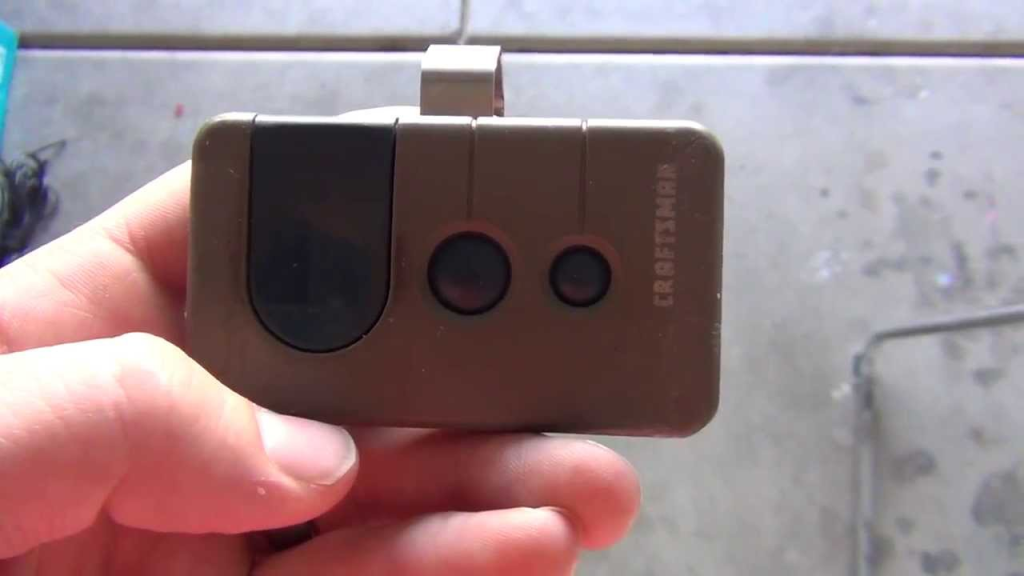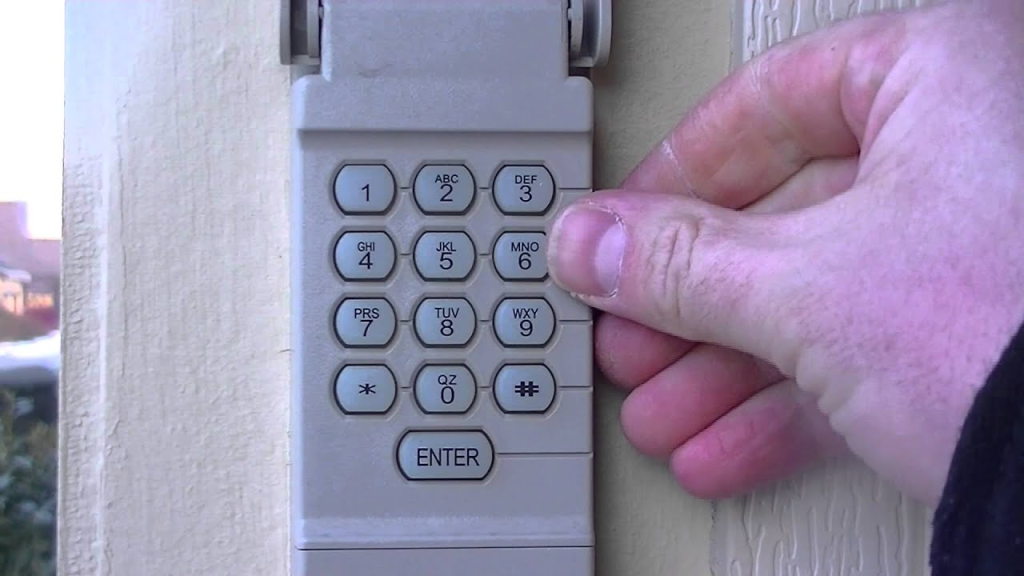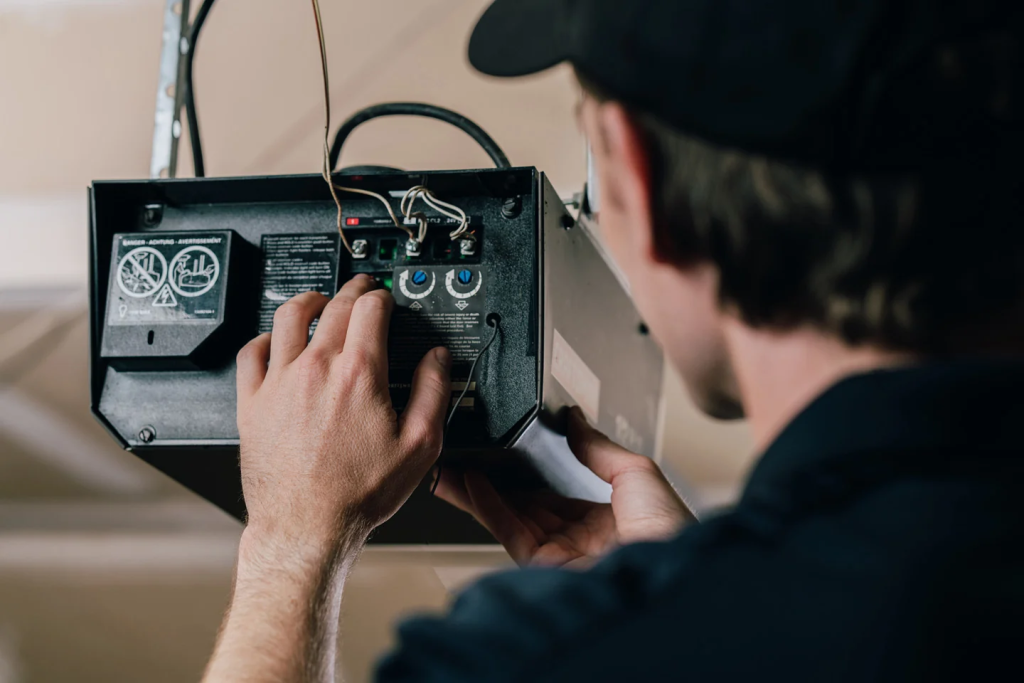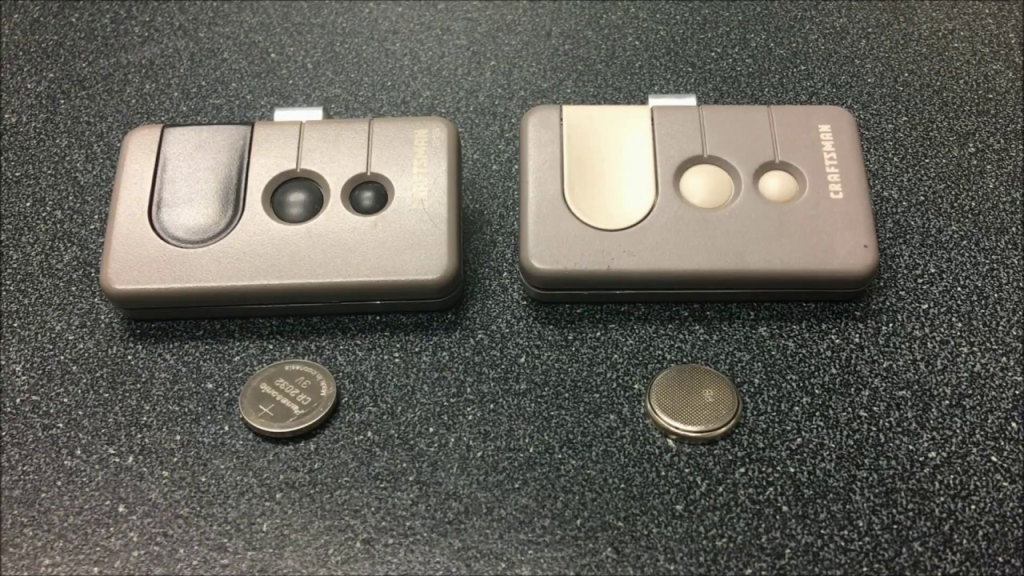If you’re dealing with a Craftsman garage door opener not programming, you’re likely feeling frustrated, especially if it was previously working fine. This is a common issue that many homeowners face. Sometimes, reprogramming a Craftsman garage door opener is straightforward, but other times it may involve troubleshooting multiple factors.

In this article, we’ll explore why your Craftsman garage door opener isn’t programming and provide a step-by-step guide to help you troubleshoot and solve this issue.
Understanding Why Your Craftsman Garage Door Opener Isn’t Programming
Programming issues with a Craftsman garage door opener usually stem from one of several potential causes:
- Interference from Nearby Devices: Other devices operating on the same frequency can interfere with the signal.
- Low Battery in Remote: Sometimes, programming issues are simply due to a dead or low battery in the remote control.
- Outdated Firmware or Software: Craftsman openers occasionally need firmware updates.
- Blocked Signal: Obstructions or walls can weaken the signal between the remote and the garage door opener.
- Incorrect Programming Steps: Missing or skipping a step during the programming process is easy to do, but it can prevent successful programming.
Read tooo: Craftsman Garage Door Opener 1/2 HP Programming for Effortless Setup
Step-by-Step Troubleshooting Guide for Craftsman Garage Door Opener Not Programming
Step 1: Check the Batteries in Your Remote Control
The simplest place to start troubleshooting is the remote control battery. Low or dead batteries often cause programming problems.
- Replace Batteries: Open the back of the remote control and replace the batteries with fresh ones. Most Craftsman remotes use lithium or alkaline batteries.
- Check Battery Orientation: Make sure the batteries are inserted correctly, as reversed batteries won’t work.
Once you’ve replaced the batteries, try programming the opener again to see if the issue is resolved.
Step 2: Review the Programming Instructions Carefully
If your Craftsman garage door opener is not programming, it’s essential to ensure that you’re following the instructions correctly. Craftsman openers require precise steps, which may vary slightly by model.
Programming Steps (General Craftsman Models):
- Locate the “Learn” Button: Open the back panel of the garage door opener. The “Learn” button is usually located near the light bulb or the antenna wire.
- Press and Release the “Learn” Button: Press the button until the indicator light begins to blink.
- Press Remote Button: Within 30 seconds, press and hold the button on the remote that you want to program. The indicator light should stop blinking, signaling that programming is complete.
- Test the Remote: Press the remote button to ensure the door opens or closes.
If you’ve followed these steps and your Craftsman garage door opener is still not programming, it’s possible that you missed a step. Repeat the process slowly and carefully, ensuring that the “Learn” button is pressed for the correct amount of time.
Step 3: Check for Radio Interference
Radio interference is a common reason for Craftsman garage door openers not programming. Many other devices, such as Wi-Fi routers, cordless phones, and baby monitors, can interfere with the signal.
How to Reduce Interference:
- Turn Off Nearby Devices: Temporarily switch off devices that might be interfering with the opener’s signal and try programming again.
- Move Antenna: Locate the opener’s antenna wire and make sure it’s hanging straight down, as this improves reception.
- Try Another Remote: If you have another remote, see if it can be programmed successfully. If one remote works but another doesn’t, it may indicate that the problem is with the remote itself.
Step 4: Reset the Craftsman Garage Door Opener
If your Craftsman garage door opener is not programming after trying the above steps, resetting the opener can often resolve programming problems.
Steps to Reset the Craftsman Garage Door Opener:
- Locate the “Learn” Button: Again, open the back panel of the opener to find the “Learn” button.
- Press and Hold the “Learn” Button: Hold the button for approximately 10 seconds. You should see the indicator light go off, signaling that the opener has been reset.
- Reprogram the Remote: After resetting, follow the programming steps to add the remote back to the opener’s memory.
By resetting the opener, you’re erasing any saved codes, which can help eliminate programming conflicts.
Step 5: Check the Door’s Safety Sensors
Sometimes, programming issues aren’t due to the remote or opener itself but are caused by the garage door’s safety sensors. Craftsman garage door openers include sensors that prevent the door from closing if something is blocking it.
How to Check the Safety Sensors:
- Inspect Alignment: Make sure the two sensors on either side of the garage door are aligned and facing each other.
- Clear Any Obstructions: Remove any objects blocking the sensors, as even a small obstruction can affect programming.
- Clean the Sensor Lenses: Dust and dirt can interfere with the sensors’ function, so wipe them down with a clean cloth.
If the sensors are not functioning properly, the door opener may prevent programming or stop functioning as a safety measure.
Step 6: Test the Wall Button and Wiring
Sometimes, programming problems are linked to faulty wiring or issues with the wall-mounted button. If the wall button is not responding or has inconsistent performance, it might affect the programming process.
Inspecting the Wall Button:
- Press the Wall Button: Try pressing the wall button to open or close the door. If it works intermittently, there may be a loose connection.
- Check Wiring: Ensure that all wiring to the wall button and opener is secure. Loose wires can disrupt the electrical flow, leading to programming problems.
Step 7: Verify the Model Compatibility of Your Remote Control
Craftsman garage door openers are generally compatible with their own line of remotes, but not all remotes work with every model. If your Craftsman garage door opener is not programming, make sure you’re using a remote that’s compatible with the opener model you own.
Checking Compatibility:
- Match Model Numbers: The remote should list compatible model numbers on the packaging or in the manual.
- Check Online: Look up your specific Craftsman opener model online or consult your user manual to ensure the remote is compatible.
Step 8: Contact Craftsman Support or a Technician
If you’ve tried all the above steps and your Craftsman garage door opener is still not programming, it may be time to contact Craftsman support or call a professional technician. A service technician can inspect internal components such as the circuit board or logic board, which might be faulty and causing programming issues.
Preventive Maintenance Tips for Your Craftsman Garage Door Opener
To avoid future programming issues and keep your Craftsman garage door opener working smoothly, regular maintenance is key.
- Regularly Replace Remote Batteries: Keep a set of spare batteries and change them annually.
- Inspect and Clean the Antenna: Dust and reposition the antenna if needed.
- Lubricate Moving Parts: Lubricate hinges, tracks, and other moving parts with garage door lubricant.
- Check Sensor Alignment: Make sure the sensors are correctly aligned and clean.
These small actions can extend the life of your opener and ensure it remains responsive to programming efforts.
Conclusion
If your Craftsman garage door opener is not programming, don’t worry; there are several troubleshooting steps you can take. Start with basic fixes like checking batteries and ensuring proper programming steps. If the issue persists, reset the opener, verify remote compatibility, or contact a technician.
With the right troubleshooting and maintenance, you can get your Craftsman garage door opener back in working order, ensuring smooth operation for years to come.






















